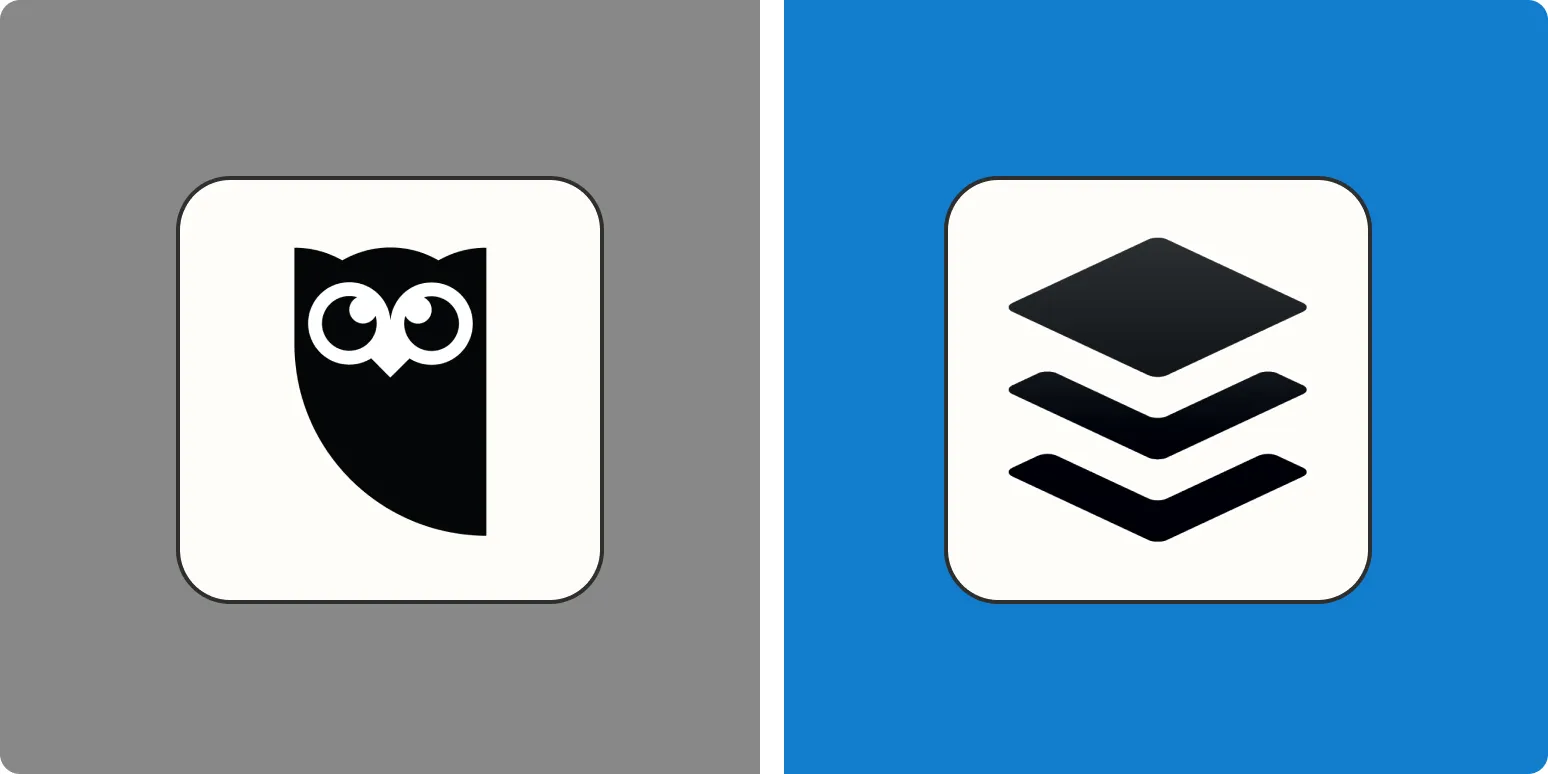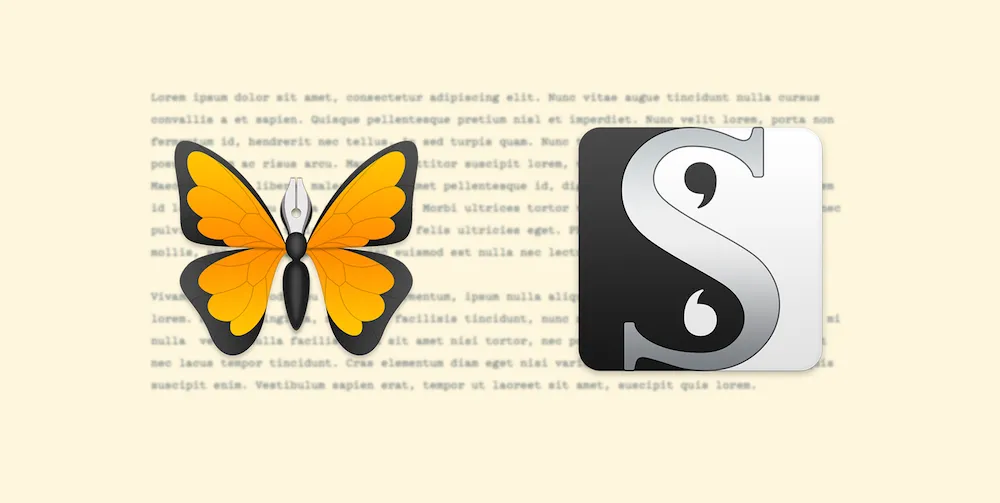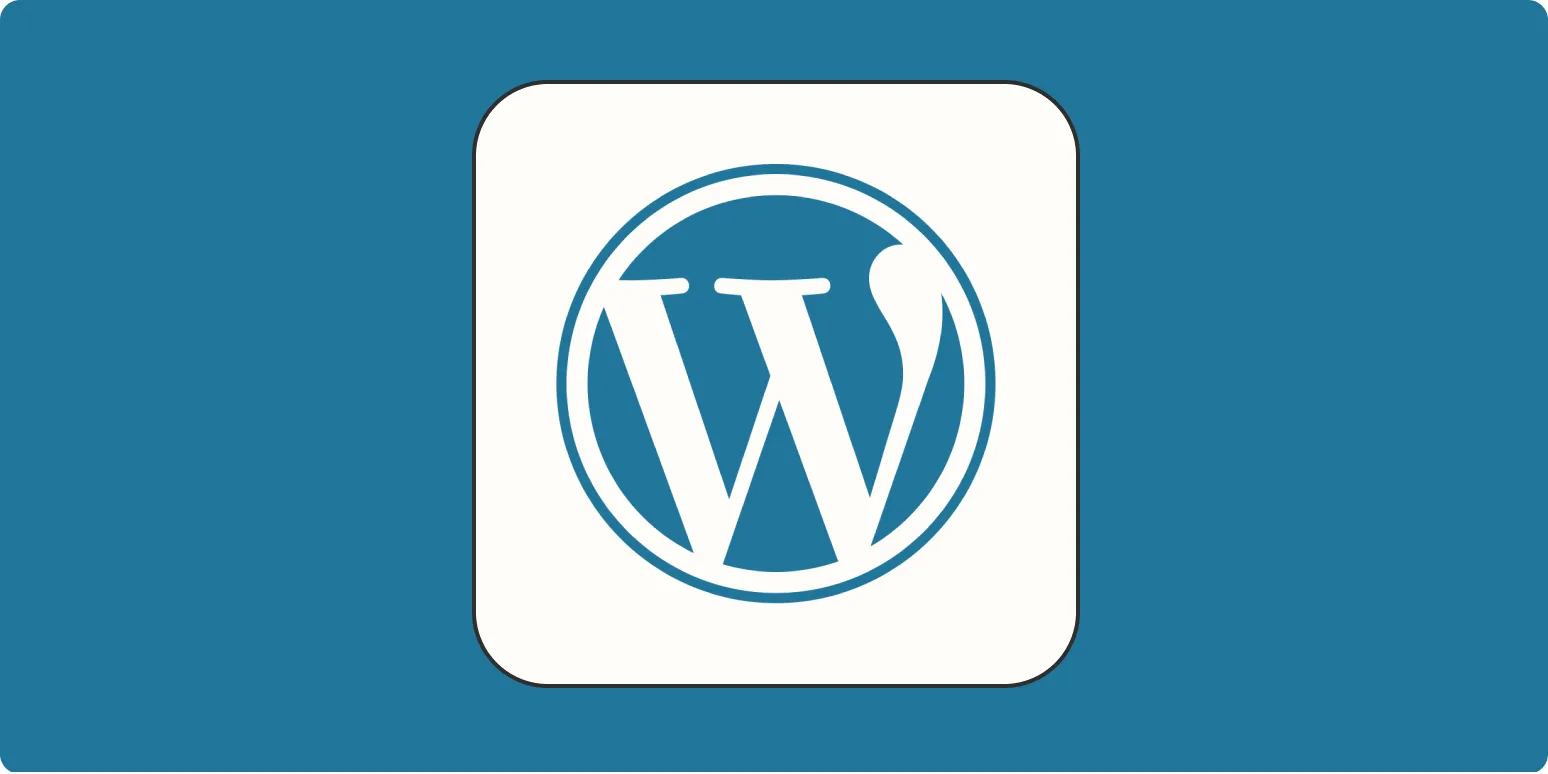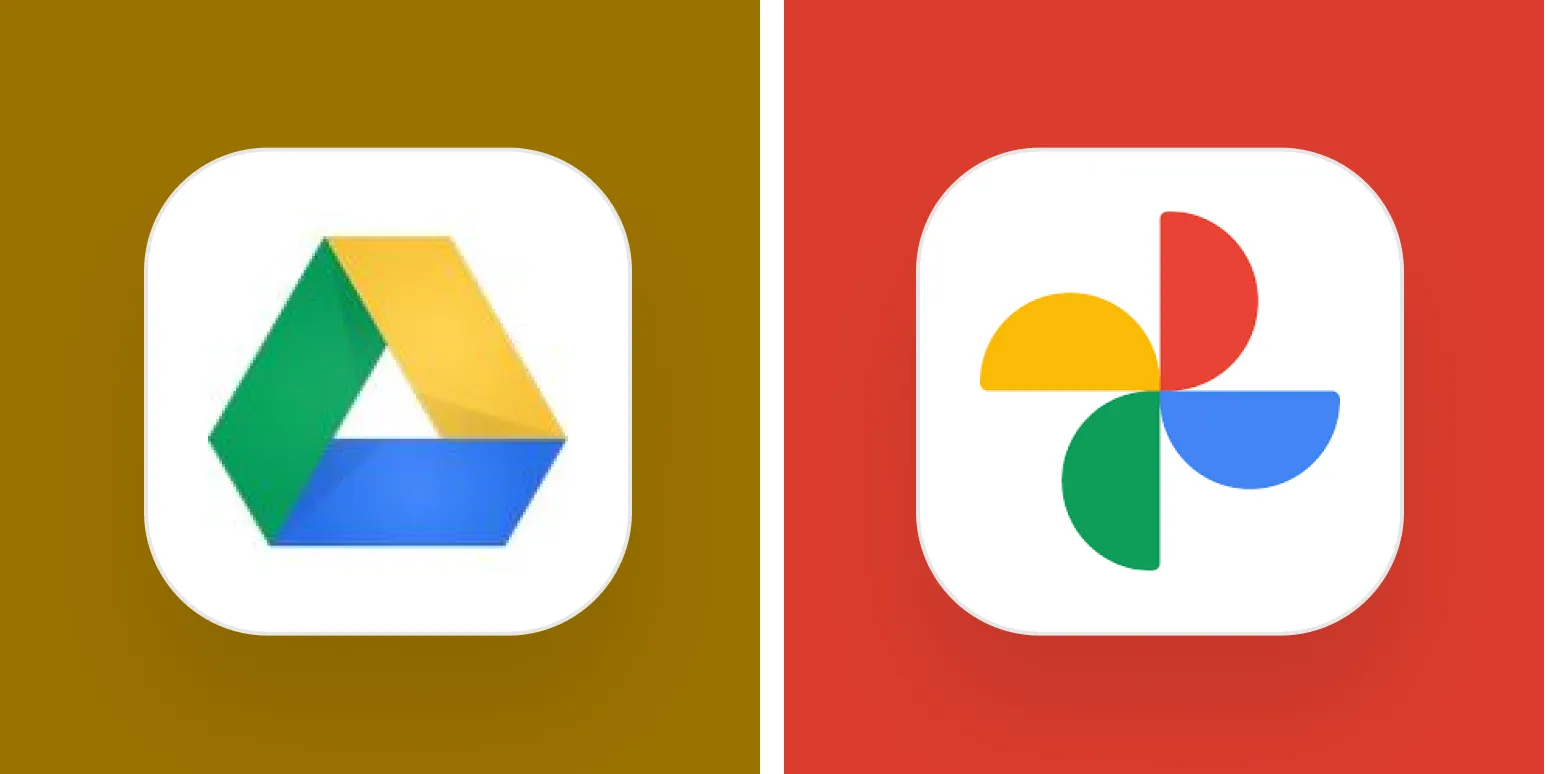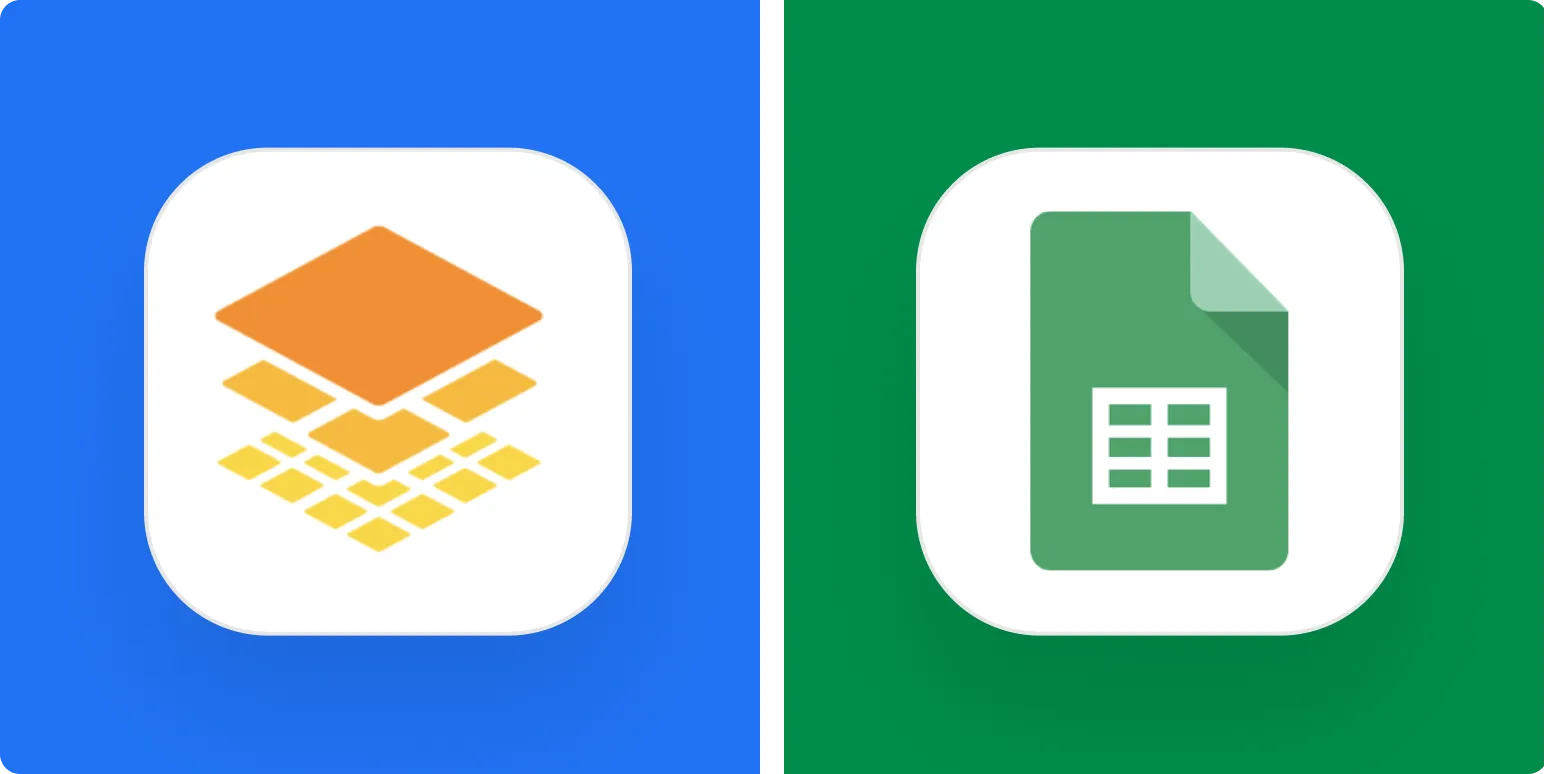Overview of Hootsuite and Buffer
When it comes to managing social media, two of the most popular tools are Hootsuite and Buffer. Both platforms offer unique features that cater to different user needs. Understanding these differences is essential for selecting the right social media management tool for your business.
Key Features Comparison
To help you assess which tool may be better suited for you, here’s a detailed comparison of their key features:
| Feature | Hootsuite | Buffer |
|---|---|---|
| Social Media Platforms Supported | Facebook, Twitter, LinkedIn, Instagram, YouTube | Facebook, Twitter, LinkedIn, Instagram, Pinterest |
| Scheduling Posts | Yes, with bulk scheduling options | Yes, easy drag-and-drop scheduling |
| Analytics & Reporting | Advanced analytics with customizable reports | Basic analytics, with insights on engagement |
| User Interface | Dashboard with multiple streams | Simple and clean interface |
| Price | Starts at $19/month | Starts at $15/month |
Ease of Use
One of the most significant factors in choosing a social media management tool is ease of use. Hootsuite offers a comprehensive dashboard that displays all your social media feeds in one place. This can be overwhelming for new users but is beneficial for those managing multiple accounts. On the other hand, Buffer is known for its simplicity. The interface is intuitive, making it easy for users to schedule posts and analyze their social media performance quickly.
Pricing Plans
Understanding the pricing structure of each tool is crucial for businesses, especially those on a budget. Hootsuite and Buffer both offer various pricing tiers:
| Plan | Hootsuite | Buffer |
|---|---|---|
| Free Plan | Yes, limited to 3 social accounts | Yes, limited to 3 social accounts |
| Starter Plan | $19/month, 10 social accounts | $15/month, 8 social accounts |
| Professional Plan | $99/month, 20 social accounts | $65/month, 25 social accounts |
When evaluating cost, consider the features that come with each plan. For instance, Hootsuite’s higher-tier plans offer more advanced analytics tools, which can be beneficial for larger businesses looking for deeper insights.
Analytics and Reporting
Analytics are vital for understanding the performance of your social media campaigns. Hootsuite excels in this area by offering advanced reporting features that allow users to customize their reports based on specific metrics. This can help businesses track ROI effectively. While Buffer provides basic analytics, it may not meet the needs of users looking for in-depth analysis. Buffer’s analytics focus more on engagement metrics, which can still be valuable but may not provide a complete picture.
Collaboration Features
If you work in a team, collaboration features might be a deciding factor. Hootsuite allows multiple users to collaborate on social media management seamlessly. You can assign tasks, approve posts, and communicate within the platform. Buffer, while also offering team collaboration, is relatively simpler and may not have as many advanced features for teams as Hootsuite.
Customer Support
When choosing a social media management tool, consider the level of customer support provided. Hootsuite offers extensive support options, including live chat, email, and a comprehensive help center. Buffer also provides customer support, but users have reported longer response times compared to Hootsuite.
Which Tool is Right for You?
Choosing between Hootsuite and Buffer ultimately depends on your specific needs. If you require a robust platform with advanced analytics, team collaboration, and comprehensive support, Hootsuite may be the better choice. However, if you prefer a simpler, more user-friendly interface and are looking for cost-effective solutions with essential features, Buffer could be the right fit.
In conclusion, both Hootsuite and Buffer are excellent social media management tools, each with its own strengths and weaknesses. Consider your business size, team structure, and specific feature requirements before making a decision. By evaluating these aspects, you can select the tool that aligns best with your social media strategy and goals.

